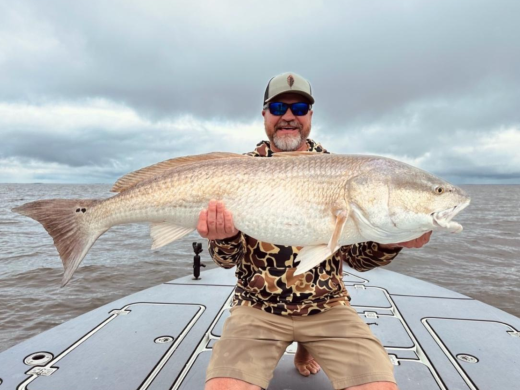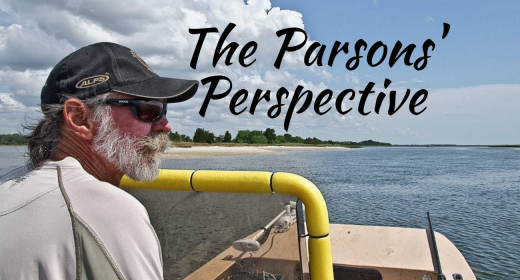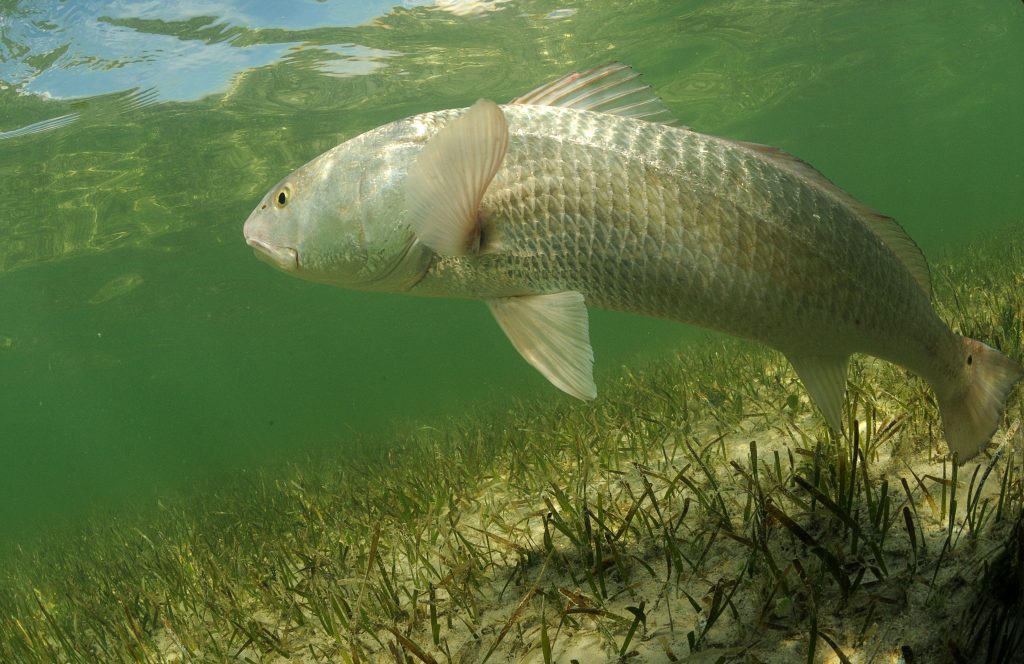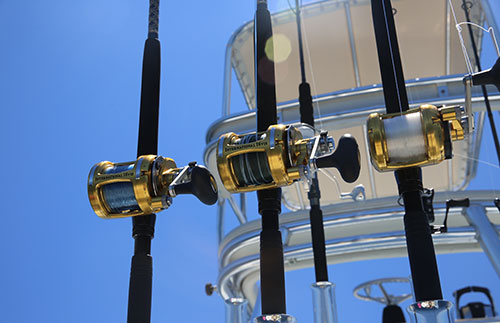Dialing In On The Most Productive Fishing Locations
Dialing in on the most productive fishing locations takes much more than guesswork. It takes gathering all the information on the locations that have been productive in the past. It’s knowing and understanding all of the key factors and putting them together for that spot that pays off without relying on the trial-and-error method. First, it takes making good notes from the past months and years. Just as important is the organization of those notes.
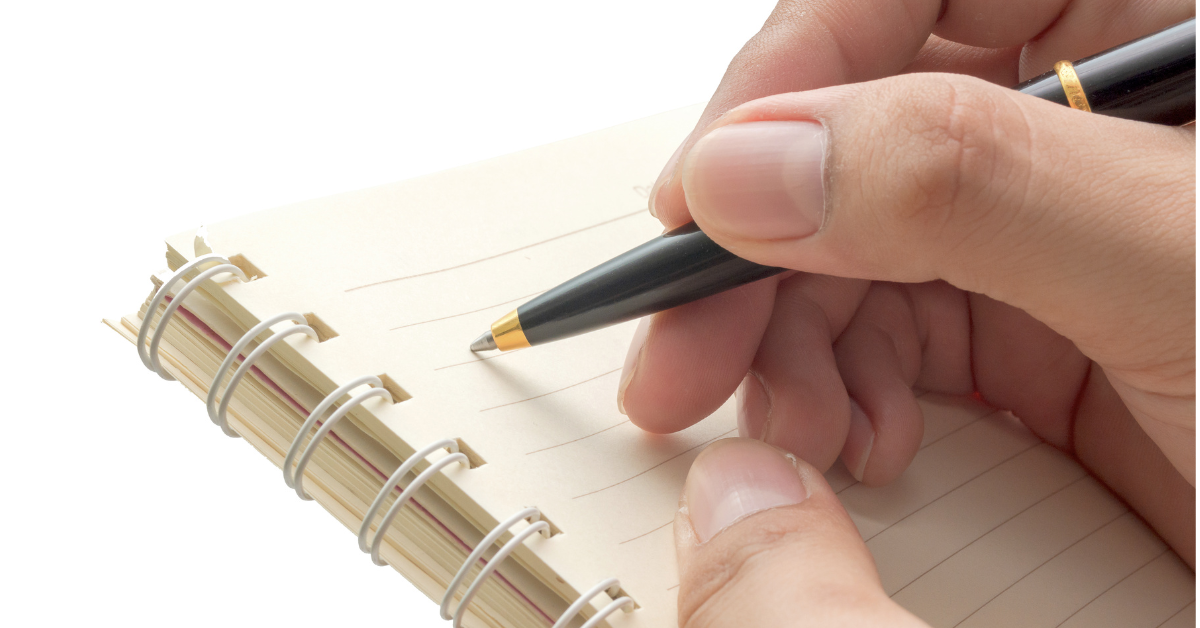
Key Factors
· Water temperature
· Air temperature
· Tides
· Water clarity
· Catch history
· Time of day
· Time year
· Cloud conditions
· Location
· Type of bait or lure
· Moon phase

While good notes are great, they don’t work well if they’re not organized and
somewhat detailed. The trick is being able to combine the factors of those
great, good, or even bad fishing days and establish trends from those factors. As
an example, a great day for Redfish may be a water temperature of 76 degrees on an incoming tide in May with fair water clarity, while another time would be
fishing with shrimp early in the morning, and fishing at the mouth of say, Bill’s
Creek.
Now that may sound like a big pain in the butt, however, it’s far easier than you
think once you get in the swing of it. It takes most of the guesswork work out and
helps you spend more time fishing productive locations rather than running
around trying to luck up on a good hole by trial and error.
To break it down, take your notes from the same time last year and use those
notes to determine where, when, with what, and so on. More time catching and
less time guessing. Your biggest investment is one of those 99-cent, little notebooks at the dollar store.

You may be interested
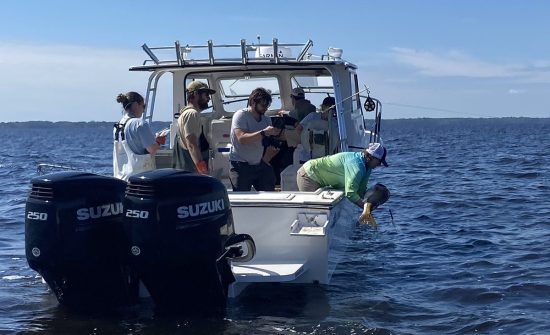
Satellite Tracking Study Aims To Unlock More Red Drum Secrets
Tim Wilson - April 8, 2025A pilot study tracking a popular saltwater fish was not expected to yield as much information as it did in its first year. When the North Carolina…

9 Things Fishing Guides Won’t Tell You
Tim Wilson - April 8, 2025We’re all amazed at how fishing guides nearly always know what to do and where to go to put fish in the boat. Most guides are fishing…
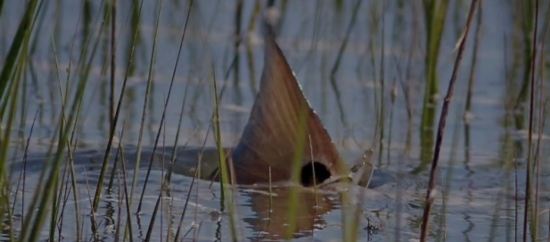
How the Moon Phase Impacts Inshore Fishing
Tim Wilson - April 3, 2025The late spring and early summer months are a time of the year when the inshore goes thru a transition period. It's when the fish come out…
Most from this category
